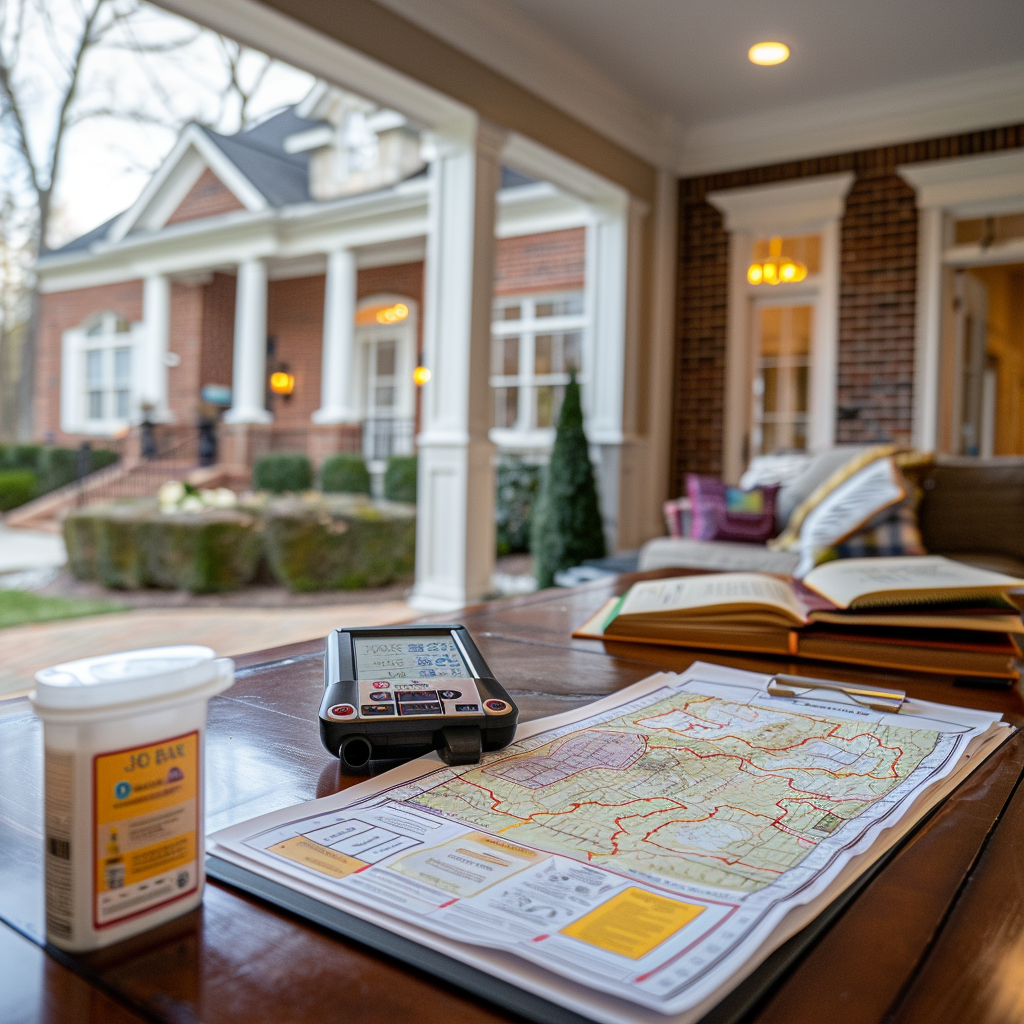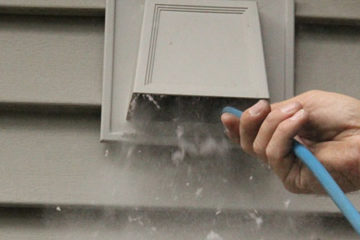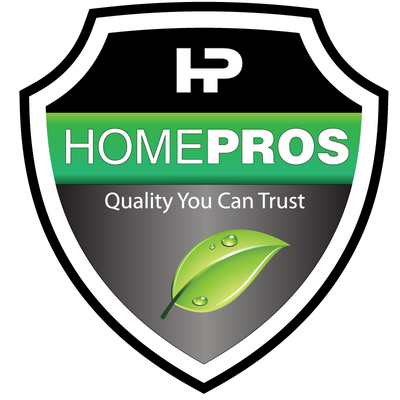Radon gas is an invisible, odourless, and tasteless radioactive gas that occurs naturally from the decay of uranium in the soil. It can seep into homes through cracks in floors, walls, and foundations. Understanding the presence of radon gas in Stony Plain and how to address it is crucial for maintaining a healthy living environment.
Radon Gas in Stony Plain: The Reality
Radon levels can vary significantly depending on geographic and geological factors. In Stony Plain, like many areas across Canada, radon gas can be a concern due to the region’s natural soil composition. The geological surveys and radon maps provided by Health Canada indicate that radon potential can be high in certain areas, making it important for homeowners to be proactive about testing.
Why Testing for Radon is Essential
Radon gas poses serious health risks, primarily lung cancer. Long-term exposure to elevated radon levels can increase the risk of developing this disease, even for non-smokers. Testing for radon is the only way to determine whether the gas is present in harmful concentrations in your home.
How to Test for Radon Gas in Your Home
Testing for radon is straightforward and can be done using one of the following methods:
- Short-Term Testing:
- Passive Detectors: These include charcoal canisters or alpha track detectors that are placed in the lowest lived-in level of your home. They are left in place for a period ranging from 2 days to 90 days.
- Active Detectors: Electronic devices that continuously monitor radon levels and provide real-time data. They are typically left in place for at least 48 hours.
- Long-Term Testing:
- Provides a more accurate representation of average radon levels over time. These tests usually last for more than 90 days and are considered more reliable in assessing the overall risk.
Testing kits are available for purchase at hardware stores or online, and you can also hire a professional radon testing service to ensure accurate results.
Mitigating Radon Gas
If testing reveals elevated radon levels, there are effective mitigation strategies to reduce radon concentrations:
- Improving Ventilation:
- Increase air circulation in your home to dilute radon levels. This can be achieved by opening windows, using fans, or improving the ventilation system.
- Sealing Cracks and Openings:
- Seal cracks in floors, walls, and around pipes to prevent radon from entering your home. Use high-quality sealants designed for this purpose.
- Installing a Radon Mitigation System:
- Sub-Slab Depressurization: This involves installing a pipe system and fan to draw radon from beneath the slab and vent it outside.
- Sub-Membrane Depressurization: For homes with crawl spaces, a plastic sheet is installed over the soil, and a fan system is used to draw radon from beneath the sheet.
- Ventilation Systems: A heat recovery ventilator (HRV) or energy recovery ventilator (ERV) can help reduce radon levels by increasing air exchanges in the home.
- Regular Maintenance:
- Ensure that any radon mitigation system is regularly inspected and maintained to keep it functioning effectively.
So, Yes Radon Gas in Stony Plain is a Concern
Radon gas is a significant health concern in many areas, including Stony Plain. Testing your home for radon and implementing appropriate mitigation measures can greatly reduce health risks. By taking these proactive steps, you can ensure a safer living environment for you and your family. For more information or assistance with radon testing and mitigation, consider reaching out to local experts or consulting resources provided by Health Canada.




